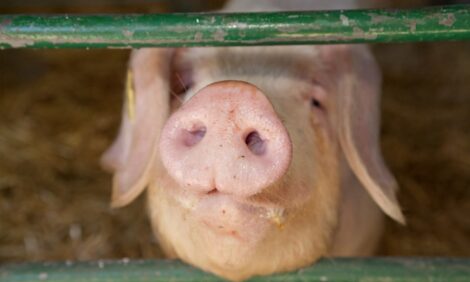



Live cattle, lean hog futures slide on recession worries - CME
Live cattle futures fell to their lowest since early AugustChicago Mercantile Exchange (CME) live cattle futures fell to their lowest level since early August on Friday on fears of a global recession that could curb demand for commodities including beef, Reuters reported, citing traders.
CME October live cattle settled down 0.600 cent at 144.250 cents per lb and the most-active December contract fell 0.800 cent to finish at 148.550 cents per lb, after dipping to 148.150 cents, the contract's lowest since August 2.
Cattle and hog futures joined a broad sell-off in commodities and Wall Street equities tied to worries about the health of the world economy. The uncertainty comes at a time when commodity funds hold net long positions in CME live cattle and lean hog futures, leaving both markets vulnerable to bouts of long liquidation.
A firmer dollar added pressure. The greenback touched two-decade highs this week, making US goods less competitive globally.
"The equity markets being under pressure were negative for domestic (meat) demand, and the higher dollar was negative for the export demand. And that goes for both hogs and cattle," said Don Roose, president of Iowa-based US Commodities.
Still, feeder cattle futures bucked the weaker trend, closing higher on bargain-buying after a dip to a three-month low and falling prices for corn. CME November feeders settled up 0.200 cent at 178.250 cents per lb.
Hog futures tumbled along with live cattle, grains and energy futures. CME October lean hogs ended down 1.500 cents at 92.625 cents per lb and benchmark December hogs fell 2.875 cents to settle at 82.800 cents per lb.
Traders await the US Department of Agriculture's (USDA) September 29 quarterly hogs and pigs report.
After Friday's close, the USDA reported the number of US cattle on feed as of September 1 at 11.279 million head, about 100% of the year-ago total and in line with analyst expectations.
Cattle marketings during August were 106% of a year ago, in line with trade estimates, while August placements were 100% of a year ago, above the average analyst estimate of 97.3%. Poor conditions on drought-hit grazing pastures encouraged the placement of cattle into feedlots, Roose said.
"The placements are bigger than people thought, but not enough to make a big difference. It's the outside (financial) markets that are going to be the influence on Monday," Roose said.







